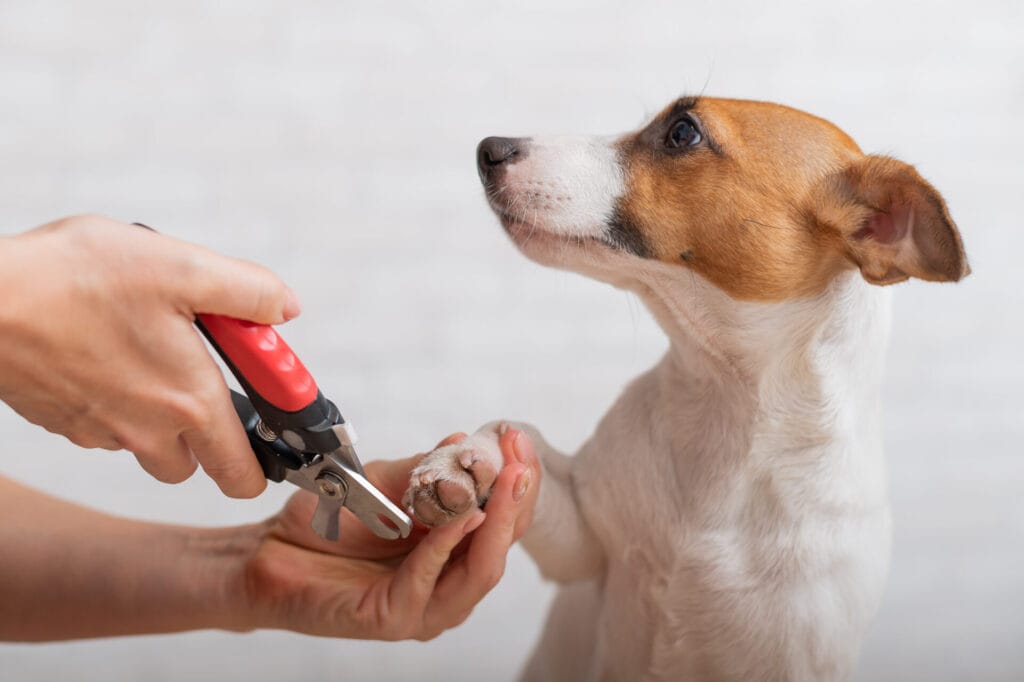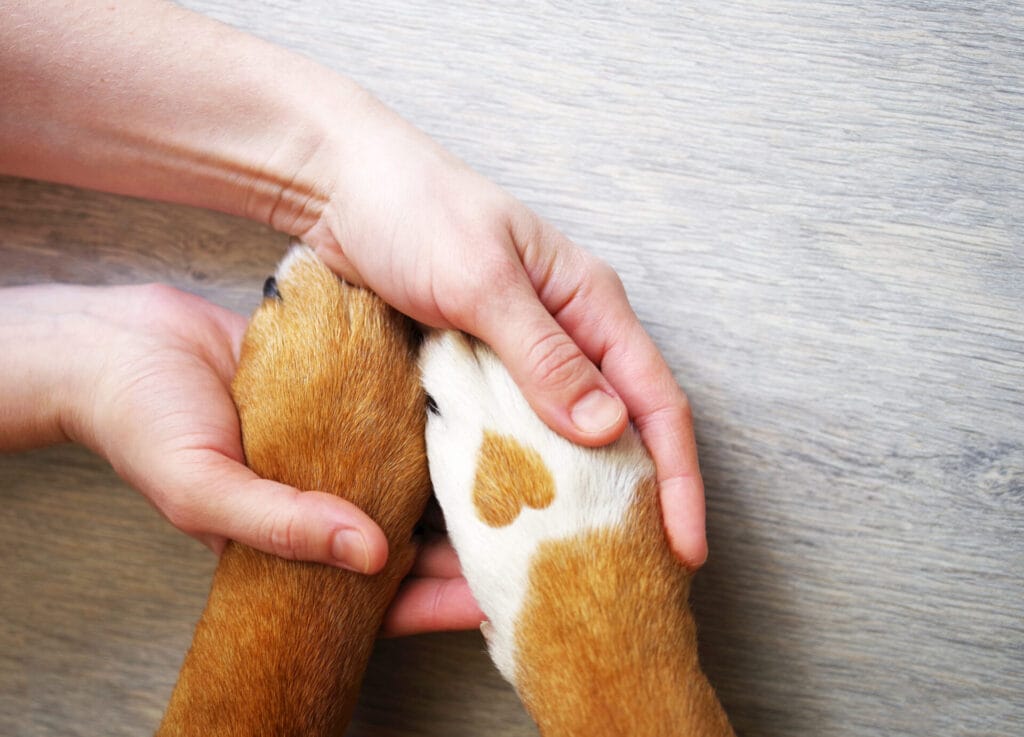Dogs are curious, often exploring their environment. However, accidents can happen, and a common injury that may occur is a broken dog nail. A broken nail can be painful and potentially lead to infection if not properly addressed. This article will discuss what to do if your dog breaks a nail, offering essential first-aid tips and care guidelines to ensure a swift and safe recovery for your furry friend.
Assess the Broken Dog Nail
When you notice that your dog has broken a nail, it is important to assess the severity of the injury. Look for signs of pain, bleeding, or visible damage to the nail. A minor break may result in a small chip or split, while a more severe break may involve the nail being partially or completely torn off. Understanding the extent of the injury will help you determine the necessary steps for treatment.
Provide Immediate First Aid
1. Stay Calm: Dogs can sense their owner’s emotions, so it’s important to remain calm and composed to help keep your pet relaxed during the process.
2. Control Bleeding: If the broken nail is bleeding, apply gentle pressure with a clean cloth or gauze pad to stop the bleeding. In most cases, the bleeding should subside within a few minutes. If bleeding persists or is excessive, seek veterinary assistance.
3. Clean the Area: Clean the affected area with mild antiseptic or warm water to prevent infection once bleeding has stopped. Be gentle and avoid causing further discomfort to your dog.
4. Trim Exposed or Loose Nail: If the nail is partially torn or hanging loose, you may need to carefully trim it to prevent further damage or discomfort to your dog. Use clean and sharp nail clippers specifically designed for dogs. If you’re unsure or uncomfortable trimming the nail, consult your veterinarian for assistance.

Soothe and Protect
1. Pain Relief: To ease any pain or discomfort, you can provide your dog with over-the-counter pain medication specifically recommended by your veterinarian. Never administer human pain medication without professional guidance, as certain medications can be toxic to dogs.
2. Apply an Antiseptic: Apply a pet-safe antiseptic or hydrogen peroxide to clean the area around the broken nail. This helps to reduce the risk of infection.
3. Bandage or Protective Covering: Depending on the severity of the break, your dog may require a bandage or protective covering to keep the injured nail clean and to prevent further injury. Consult your veterinarian for guidance on the appropriate type of covering and how to apply it properly.
Monitor for Signs of Infection
Keep a close eye on the injured nail for signs of infection, including redness, swelling, discharge, or persistent pain. If you notice any of these symptoms, contact your veterinarian promptly for further evaluation and treatment.
Preventing A Broken Dog Nail
To reduce the risk of future nail injuries, consider the following preventive measures:
Regular Nail Trimming: Keeping your dog’s nails properly trimmed can help prevent them from becoming long and prone to breakage.
Provide Safe Environments: Ensure that your dog’s living space is free of sharp objects or surfaces that could cause nail injuries.
Paw Pad Care: Regularly inspect your dog’s paw pads for cuts or abrasions and keep them moisturized.
A broken nail can be an uncomfortable experience for your dog, but with prompt first aid and proper care, they can recover quickly and avoid complications. Assess the severity of the injury, provide immediate first aid, and consult your veterinarian for guidance. By taking preventive measures, such as regular nail trimming and maintaining a safe environment, you can reduce the risk of this painful injury from occurring.




















